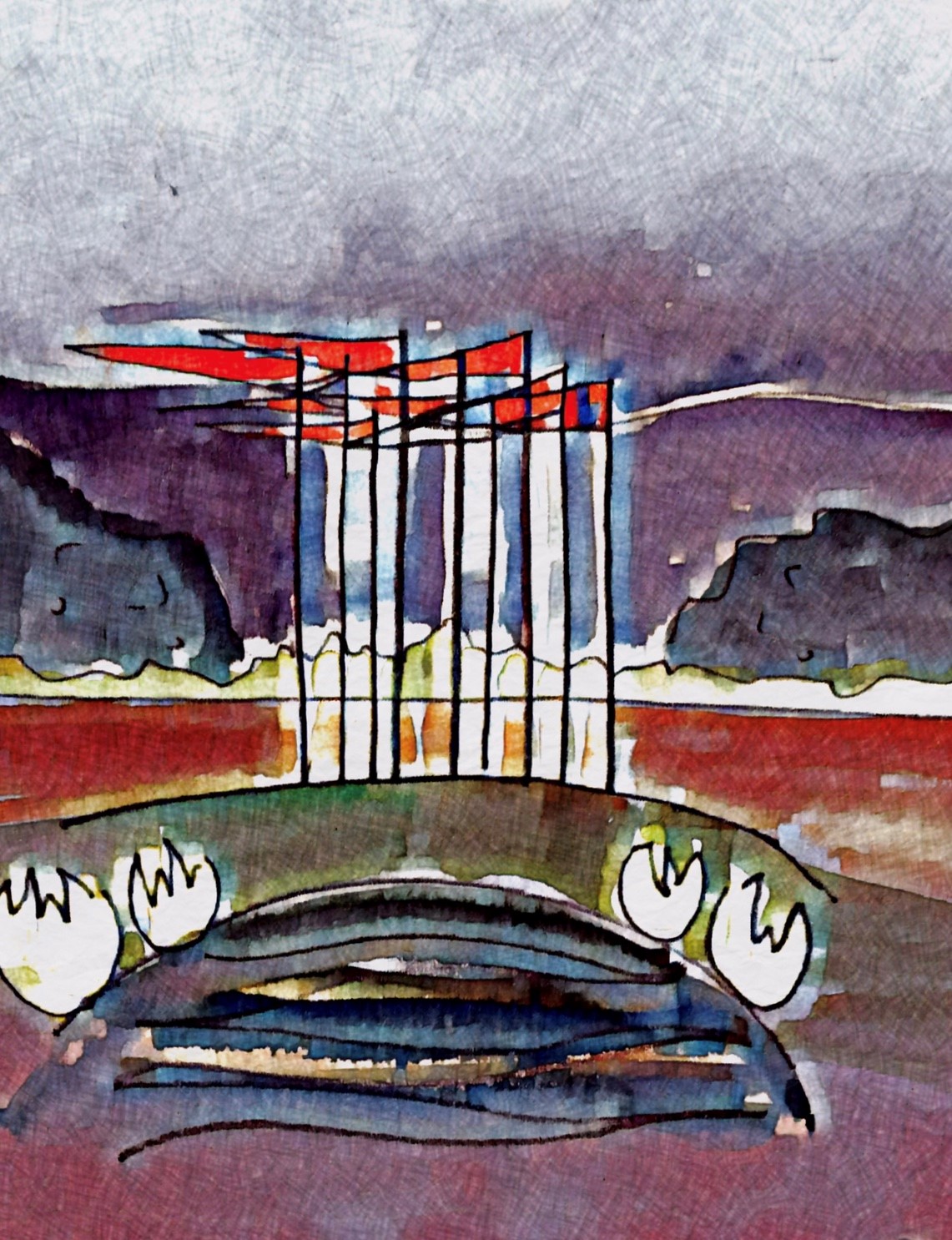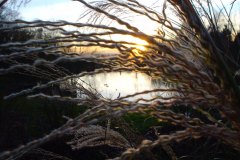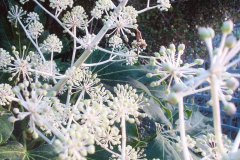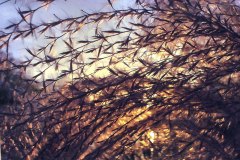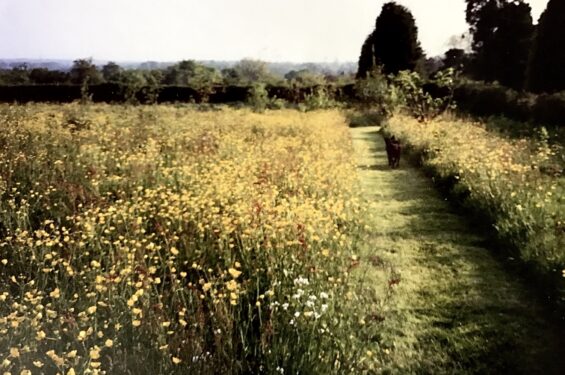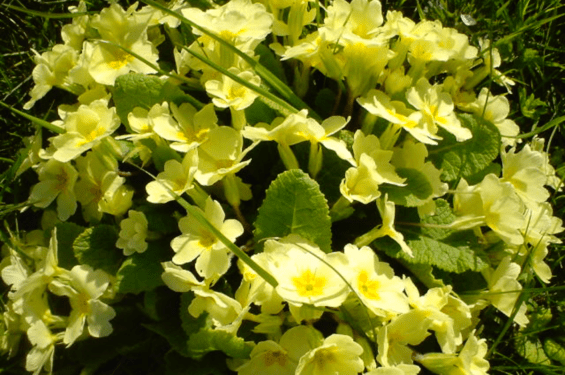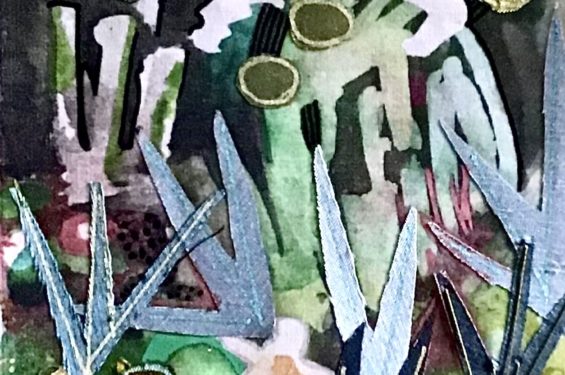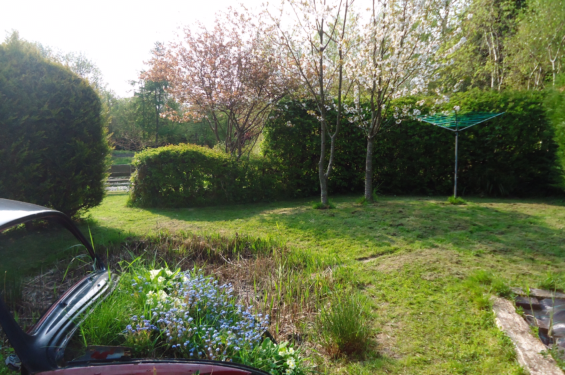10th January
Seasons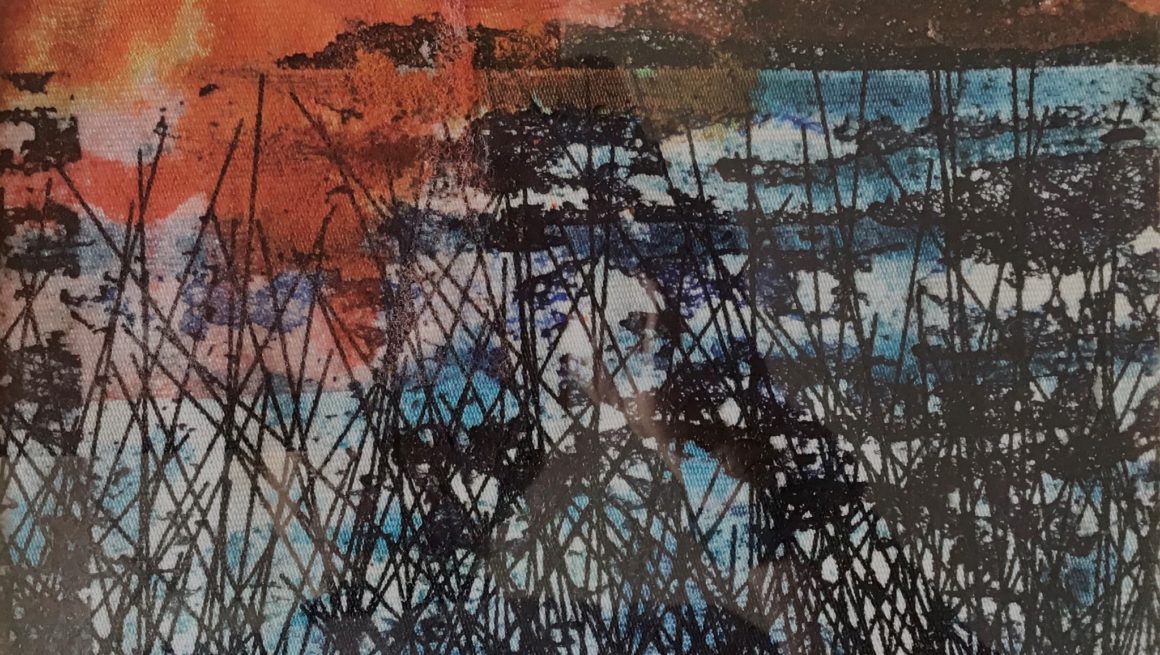
A bright day. Calm, with a pale blue sky and a washy grey- gold sun behind the oaks. Tree outlines, bare bones. A great time of year to achieve dramatic results and stand back and feel smug about it. The beginning of the month was filthy; wet, windy and dark. Just recently we’ve had some lovely crisp winter days. This morning it’s relatively mild so we’re out in the garden and getting on. It’s warm if you’re busy.
The oil range in the house has been out of action for three weeks now. Thanks to vigorous gardening I am hot for the first time since Christmas, and no doubt smelly as well as covered in mud. Never mind, I’m feeling liberated and invigorated.
It would be a help to have some drier conditions underfoot at present. The soggy clay soil gets compacted when we march about on the borders, and the grass paths are churned up by the wheelbarrow. The water pours over my boots as I squelch and slide down to the pond to feed the ducks, and the orchard is under 3 cm of water.
The ducks are active on the pond and already seem to be eyeing each other up ready for the spring. I watched a pair doing the alternate neck stretching and bobbing dance. It seems to do it for them. I hope they will have the sense to indulge in a long courtship or they’ll have a nasty shock when the snow and ice arrive. It is generally true I think, that wild creatures are more in touch with the seasons than we are, but we’ve had a brood of ducklings in November before now.
The Canada geese are back. Not with us yet, but I heard them honking past on their way down to the big lake in the valley. That’s a month earlier than last year.
Cutting and pulling out spent russet fern fronds quickly creates order around the well nearest to the house. Faster and more satisfying than niggly summer weeding. A good place to begin.
We made an early start by doing some general but dramatic clearing in a rough patch that had been left for 15 years. It was a mass of stray tree seedlings, wild rambling rose and the dreaded bramble.
Bramble spreads prolifically through the garden. It is popular with the birds and insects, but not with me. Spiky sharp stems as thick as my thumb scramble relentlessly through everything. I am pretty relaxed about controlling nature but blackberry really doesn’t know it’s place or have any respect. It is a big sharp thug, pernicious and viscous, and removal and collection into one tonne builder’s bags is perilous despite thick gloves and long sleeves.
G brush- cut the stands of Miscanthus nearest to the house down to ground level. Now the space to the pond is opened up completely. A change of view. A change of perspective. The second massive area of Miscanthus at the far end of the pond has temporarily been left as it is. Beautiful still, in its bleached out ghostly way, especially as the sun goes down. These stands of giant grass, over 2 metres tall are now a uniform matte biscuit colour. So different from when I cut leaves and stems in the autumn to do colour studies. They were all colours from dark red, through brown, gold, green, silver and pale lemon. Clusters of small birds enjoy the seed through the scarce winter days. The ornamental grass varieties have been a good introduction to this wilder area, and spectacular in the wind. At their best they lash and sway with seedheads flying like pennants.
Press photos to enlarge
The most enjoyable gardening of all in January is to clear the big herbaceous garden next to the pond. No fiddly weeding here, or shrubs to get in the way. Near to the house the long borders with a mix of perennials and shrubs take whole days to manage through the summer. This space near to the pond is easy. The whole border is brush- cut to the ground in January and the tangle of dry sticks and spent foliage raked to a mound in the centre, and burnt. That’s it, until next year, apart from raking the ash around which improves the soil. It’s too early for this level of violent gardening to harm the plants. They thrive regardless in the spring.
Where once there was a big empty space we have gradually planted 20 years worth of trees shrubs and hedges. It has a wild feel. Now we have interest and shade, shelter and protection from the wind, open spaces and a stretch of water; a variety of wildlife habitats.
On days like these it all seems possible. What’s done is done. As neat and tidy as we want it to be with no chance of triffid sized weeds springing up overnight as they seem to in warmer months. It’s a good start to the year and an antidote to all that sitting and eating at Christmas. No fair weather days must be wasted and there’s still plenty to do. Time in the garden, no matter how fresh the air is in January is good for the soul in these short days. Physically working on even mundane tasks allows space to generate new ideas which fill the time with anticipation for the potential of warmer months and longer days.
Today it has been very satisfying to have done it, to stagger backwards and appreciate the space we’ve cleared. As the chorus of the playground song about the farmer went, “ he stamps his feet, he claps his hands and turns around to view the land”. This sentiment seems appropriate as the sun begins to go down and the cold winter breeze catches us.
All the jobs in our garden are colossal. People don’t realise. They don’t see this aspect of our gardening, only the results. They imagine us sitting in the shade relaxing, as we do when they call round in warmer seasons. They don’t see us scratched, battered and exhausted at the end of a January day.
But the exercise does us a power of good, and a glass of wine by the fire restores us.
